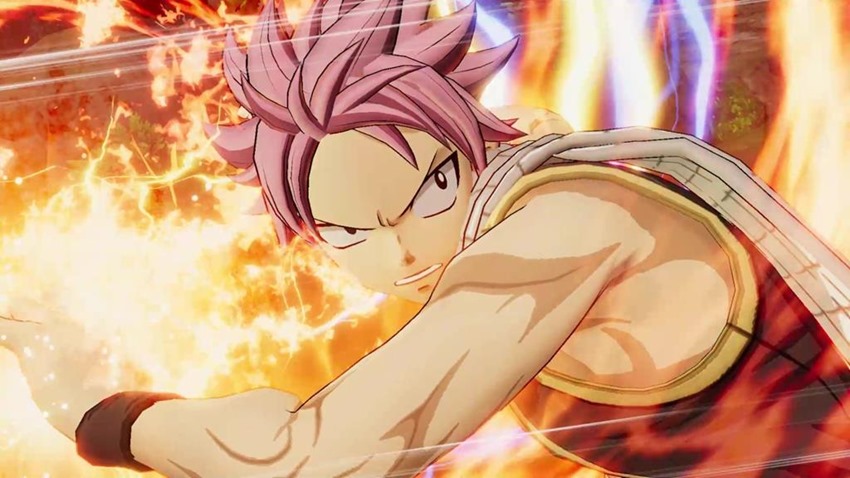
Fairy Tail has always been my guilty pleasure anime. I don’t mean that ironically, because even by my modest standards this manga and its anime adaptation has always been the equivalent of a Michael Bay venture into animation. It’s derivative, you can spot the plot-convenient power-up from a story arc away and it has enough melodramatic cheese in its frame to knock anyone with lactose intolerance straight into a coma.
And yet….I like this anime. It’s comfortably familiar, making good on the typical tropes of the Shonen genre by not giving a damn and generating some amazingly powerful feel-good moments constantly. Fairy Tail has never been massively brilliant, but it has been consistently good. And its latest PS4 game is a prime example of that for better and for worse.
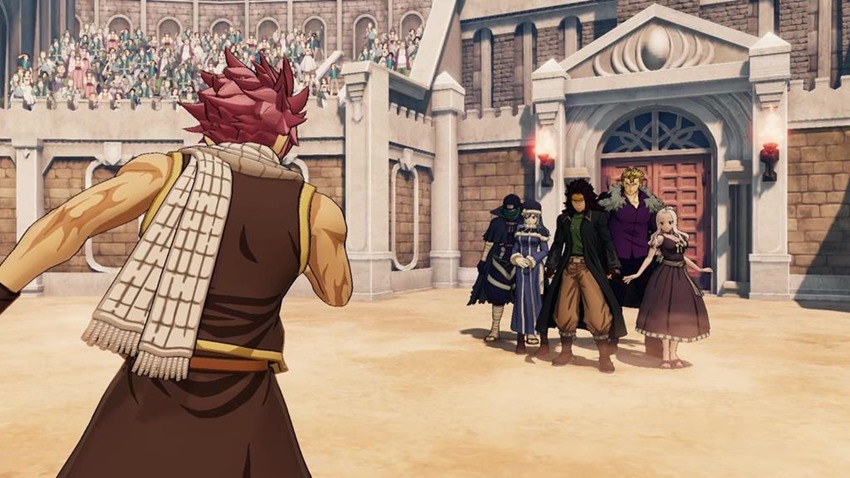
Developed by Nights of Azure and Atelier studio Gust, Fairy Tail kicks off right at the climax of the Tenrou Island arc and you have no idea what the words I’m typing mean then you’re crap out of luck. Gust is assuming that you’re intimately familiar with the world of Fairy Tail and how its lead protagonist is a simpleton with an appetite for fisticuffs. Who was also raised by a dragon, can eat literal fire and use magic to launch several devastating dragon-themed attacks.
Natsu Igneel isn’t alone in his journey, as he happens to be part of a guild filled with other renegades and oddballs, a mage for hire who tackles dangerous missions while causing all manner of chaos on the side. Outside of a light index in the menu, that’s about all the setup you’ll get for Fairy Tail, and if you want to catch up you’ll need to read either 200-odd manga chapters beforehand or delve into the anime series that leads to the end of that particular saga.
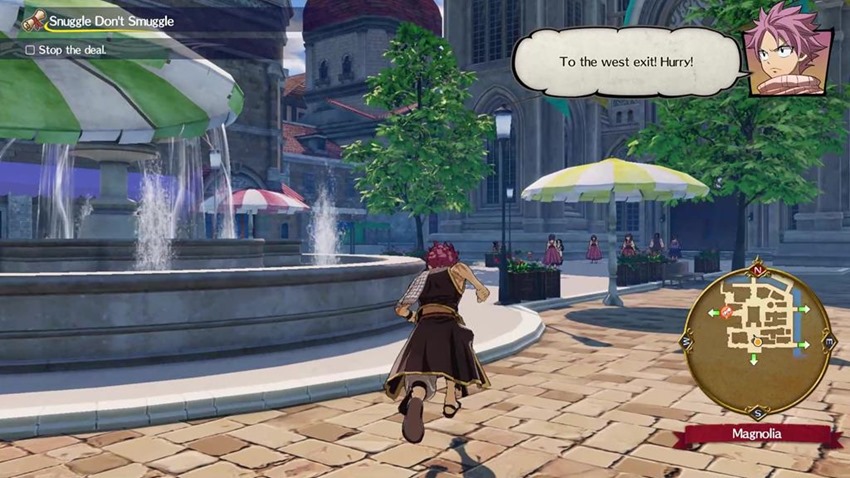
Once that introductory boss fight is done, you’re thrown headfirst into the Grand Magic Games and Tararos arcs, with the smaller stories between them serving as buffers. It’s a good start, due to the reset nature of those storylines that features Fairy Tail’s best mages starting at square one in an established world that has moved on without them due to a seven-year time-stasis being invoked so that the gang could avoid being wiped out by a massive dragon bastard. Look, I never said the story wasn’t mad.
Once you’re back up and running, Fairy Tail’s story meat and potatoes gameplay kicks off. A fusion between classic JRPG turn-based combat and grid-based strategy ala Fire Emblem, the basics are easy enough to understand. Every character has their strengths and weaknesses, a pool of magical attacks to dip into and moves that can attack specific squares on a 3×3 grid that your enemies inhabit.

The strategy here is to not only use the attacks that work best against your enemy weaknesses, but to also target those mythical monsters in a manner that makes your next assault more effective. Gray for example can use an Ice Make Hammer to push a foe back by a square, which allows a party member such as Erza or Gajeel to combo in an attack that strikes multiple enemies.
It’s not exactly difficult to get a handle on the gameplay, and you’ll seldom be pushed to the breaking point unless you’re playing on the hardest difficulty. Fairy Tail’s normal mode revels in the power fantasy nature of the source material, and it’s augmented by the flashiest of attacks (which can mercifully be switched off instantly if you tire of them).
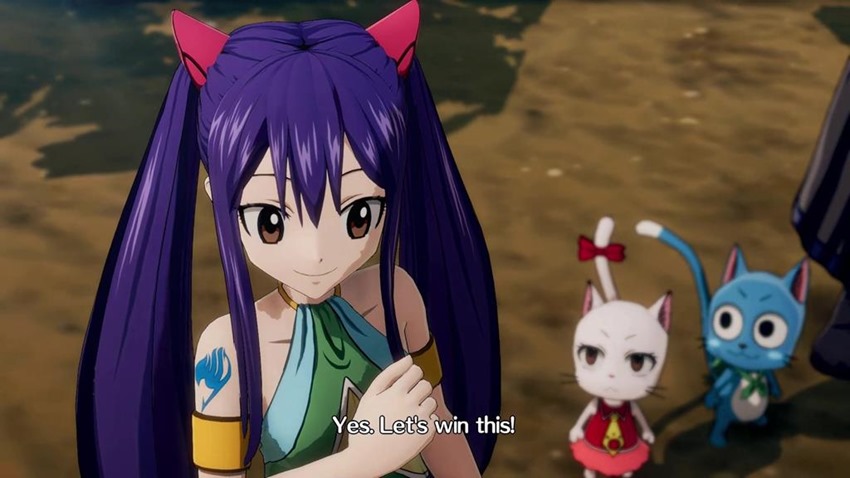
There’s also a quick-time element at play so that you don’t get complacent, with characters able to use their additional gauges and bars to defend, counter and tag team in extra-damaging attacks. At the very peak of your power, you’re able to awaken your characters and transform them into juggernauts, like Natsu’s Dragon-Force mode or Gajeel’s Shadow-Dragon power-up.
Equipment also plays a vital role in your development, as you can boost a modest number of stats through the application of Lacrima. To do that, you’ll need to engage in the other element of Fairy Tail: Bonding with your guild. Inside your home away from home, you can fix up the rundown headquarters of your guild, develop new facilities and strengthen bonds that have an influence on combat. It’s nothing ground-breaking, but it’s typical Fairy Tail: Good to veg out with, comfortable to pick up.
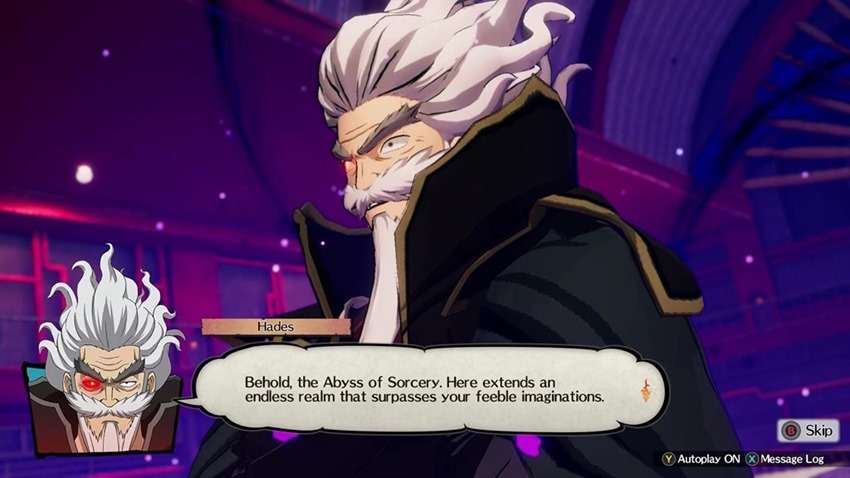
That feeling extends throughout the game, with its more modest design and scope, which results in a sprawling RPG that has a superb fast-travel system, numerous character models on repeat and a vibe that’s never too complex to understand. Does it have a typical boobs and butts focus with its characters? Absolutely, but that’s more accurate to the manga than anything else. It also has hell yeah moments between the grind, punctuated by its hard rocking soundtrack.
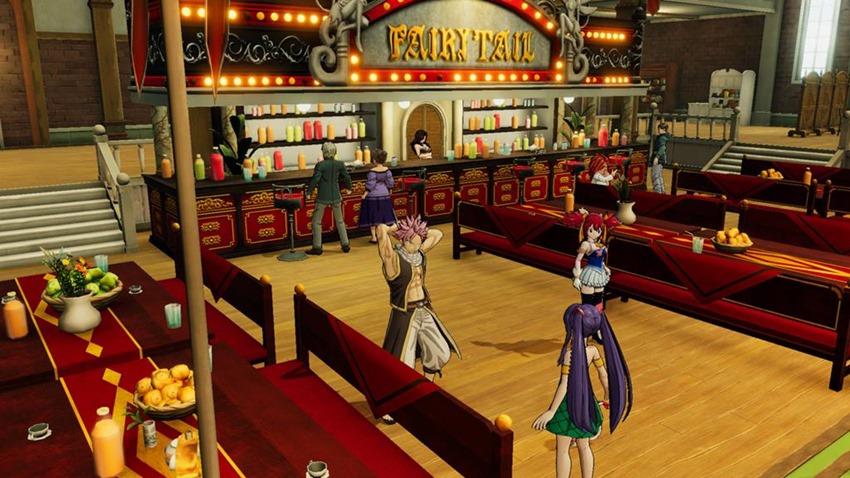
It’s also a game that is well aware of its shortcomings, allowing you to skip through mountains of dialogue, fine-tune the combat presentation and switch the voice actors off because I can’t think of a worse hell than hearing a character like Juvia express her undying love after every single battle. Fairy Tail is a JRPG of immense grinds, couch potato progression that requires very little thought and cosmetic tittilation. And sometimes, that’s a fine approach to take in a world that gets too bogged down in the details.
Last Updated: July 31, 2020
| Fairy Tail | |
|
A junk food JRPG that won't push you to the limit, Fairy Tail is a comfortable blend of fantasy and strategy that's authentic to its source material of magic and mayhem.
|
|
|---|---|
| Fairy Tail was reviewed on PlayStation 4 | |
|
71 /
100
| |




















